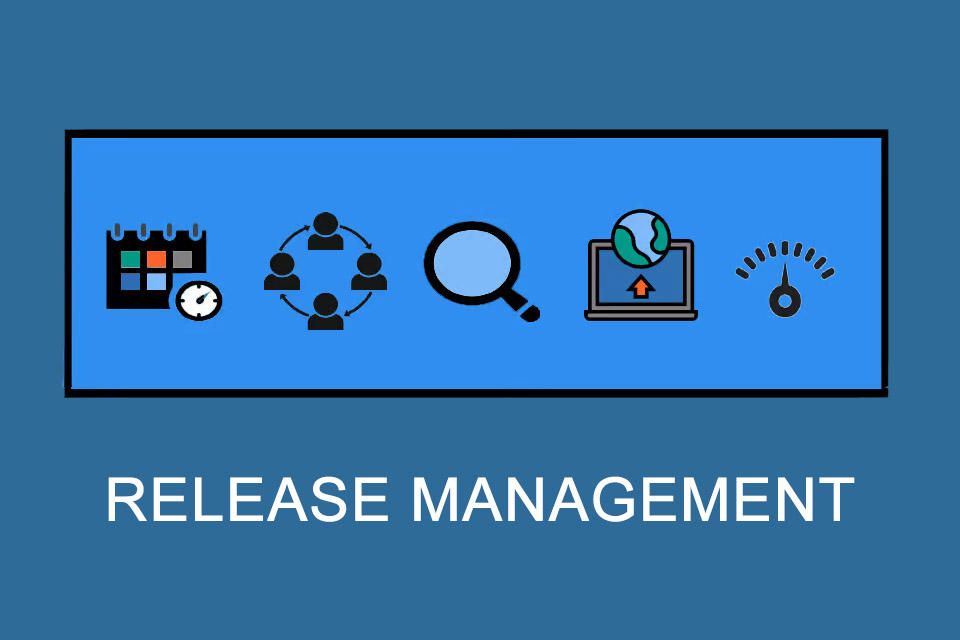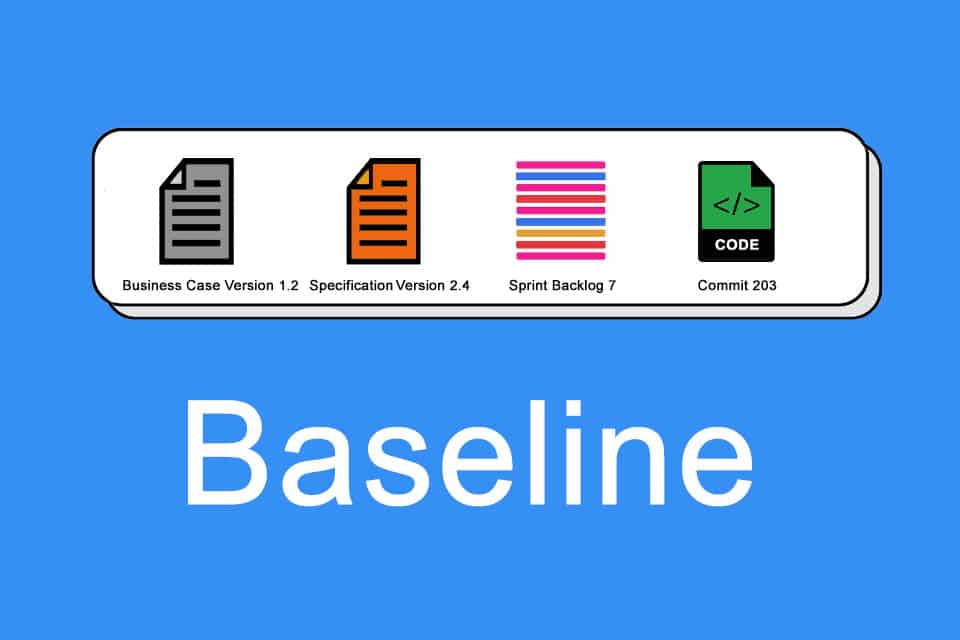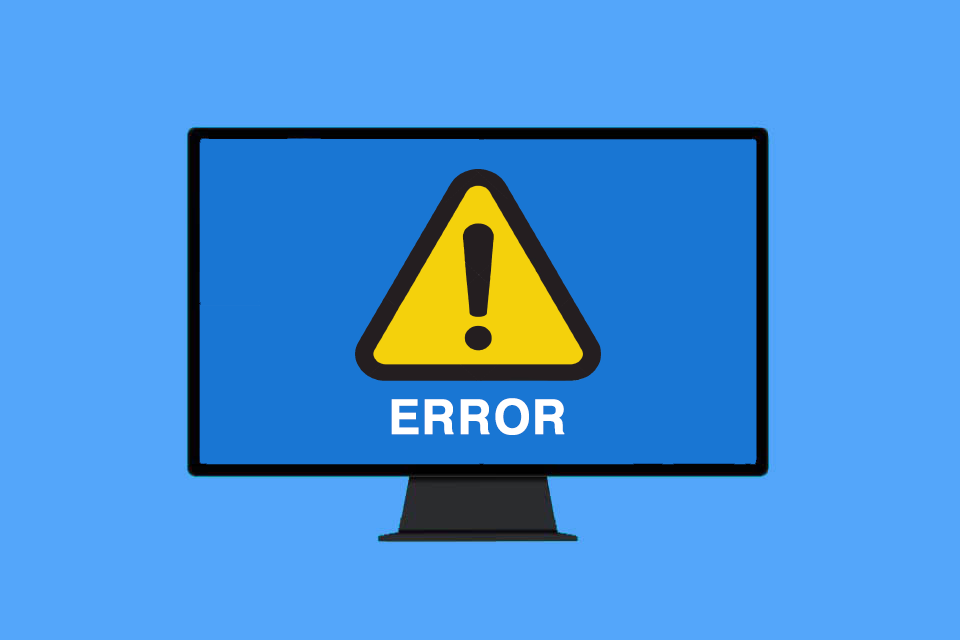What is Release Management?
Smartpedia: Release management is the process of planning, coordinating and controlling the targeted creation and deployment of software versions.
Release Management – the controlled provision of releases
A release refers to a status of a product or software with defined functions that offer users additional possibilities. The controlled provision of such new possibilities is the task of release management. The goal is to provide users with software updates with new features in a timely and predictable manner, while minimising disruptions and ensuring that the software works stably and reliably in the environment and on the users’ devices.¹
Release management and software development are closely related and have intersections, yet they are distinct processes that serve different purposes.² Software development is the process of designing, building, testing and maintaining applications. It encompasses a variety of tasks, including requirements gathering, architectural design, design and coding. Release management takes care of the planning and controlled deployment of new versions. How the exact interaction takes place depends on the design within an organisation.
The optimal process in Release Management
There is no uniform approach and no universally valid, optimal process in release management. The process used depends on specific requirements and boundary conditions, which differ in many companies. The description of a process is found in the so-called Information Technology Infrastructure Library (ITIL)³. ITIL is a framework for managing and improving the delivery of IT services. It provides a set of best practices and guidelines for the organisation and optimisation of the various processes involved in IT service management. One of the processes covered by ITIL is Release Management.
According to ITIL, release management is responsible for managing the creation, testing and deployment of releases, as well as coordinating the work of multiple teams and ensuring that the release process is efficient and effective. The goal of release management under ITIL is to ensure that the software is stable and reliable and that new features and updates are delivered in a way that meets the needs of the business.
The ITIL release management process includes the following steps:
- Planning involves identifying and prioritising the features and innovations to be included in the release, and determining the appropriate timeframe (often using a release plan) and resources for the release. Depending on the products and industries, as well as individual company strategies, corresponding cycles vary greatly; in a corporation, for example, there could be a maximum of two releases per year, in a smartphone app it could be two releases per month.
- Coordination addresses the work of the teams involved, including development, testing and operations, to ensure that all necessary tasks are completed in a timely and efficient manner.
- Thorough testing of the software ensures that any issues or defects discovered are fixed and that the software is stable and reliable.
- In the course of deploying the software to the appropriate production or staging environments, ensuring that the required quality standards are met and that commissioning works.
- Monitoring the performance of the software after release and evaluating the effectiveness of the release process to identify areas for improvement complete the process.
Overall, release management seeks to ensure that the software is stable and reliable, and that updates are delivered in a way that meets the needs of all stakeholders – both users and the organisation. Two points in particular are essential:
- The release process should be carefully planned and controlled to minimise the risk of interruptions or problems on the one hand, and to maintain required quality standards on the other.
- The ability to respond flexibly and adaptively to problems or changing conditions, especially as needs may change over time.
Note: In some publications, the “request” phase precedes the release management process. This refers to the identification of a need for new features or the modification of existing features. However, opinions vary as to whether this phase is actually explicitly required, since on the one hand the further development of software products per se is in the interest of a company and in fact no “requesting” takes place, and on the other hand this phase is part of the lived software development in the course of an iterative-incremental or agile approach.
Challenges in Release Management
There are a number of challenges that organisations should face in relation to release management:
- Complexity: Managing releases can be very complex, especially in larger organisations with multiple teams and systems that need to be coordinated and integrated.
- Scheduling conflicts: It can be difficult to find a point for releasing new updates that works for all the teams and stakeholders involved.
- Risk of failure: There is always a risk that something will go wrong with a release, which can have serious consequences for the company.
- Lack of visibility: It can be difficult to get a clear overview of all the components and dependencies involved in a release, making it difficult to recognise and fix problems.
- Limited resources: Organisations may not have enough resources (e.g. time or staff) to properly manage releases, leading to problems and delays.
- Lack of communication: Poor communication and coordination between teams can lead to misunderstandings and problems during the release process. The impact of late deployments should also not be underestimated.
- Lack of testing: Insufficient testing can lead to unexpected problems or errors in the released version.
Last but not least, regulatory compliance can also be a challenge. In some industries, there are strict legal requirements that must be met during the release process, which increases complexity and creates additional difficulties.
Success factors in Release Management
There are several factors that can contribute to the success of a release management process:
- Goals and objectives: It is important to have clear goals for each release so that everyone involved knows what needs to be achieved.
- Planning: A well-planned release process can help ensure that everything runs smoothly and that potential problems are recognised and addressed in advance.
- Communication: Good communication is essential to the success of any release. This includes clear and timely communication between all teams and stakeholders.
- Collaboration: Effective collaboration between all teams and stakeholders can help ensure that everyone is working towards a common goal and that issues are recognised and addressed quickly.
- Testing: Adequate testing of the new version can ensure that any problems or bugs are recognised and fixed before the version goes live.
- Rollback plan: A rollback plan can help ensure that any problems that arise can be addressed and fixed quickly.
- Automation: Automating certain aspects of the release process (e.g. testing and deployment) can help reduce the risk of errors and make the process more efficient.
Finally, regular review and improvement of the release process can help to recognise and resolve problems or bottlenecks at an early stage, so that the process runs efficiently and effectively in the long term.
Impulse to discuss
How useful is it to define release backlogs in agile software development?
Notes:
[1] The term release is not only used in software development, but also in pharmacology, music, sports, entertainment and the automotive industry. However, the term release management is used particularly in the context of software development.
[2] There are also overlaps between release and build management, as both processes deal with the creation and management of software packages. However, release management focuses on the overall process of releasing software to users, while build management focuses on the specific process of creating software packages.
[3] Information Technology Infrastructure Library (ITIL)
If you like the article or would like to discuss it, please feel free to share it in your network. And if you have any comments, please do not hesitate to send us a message.
And here you will find additional information from our Smartpedia section:



